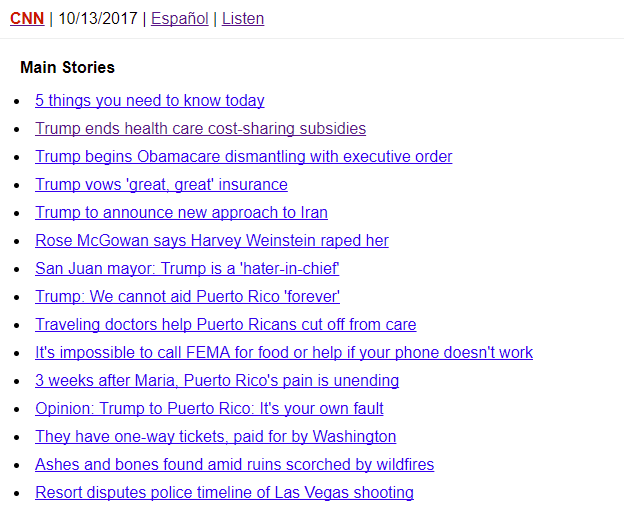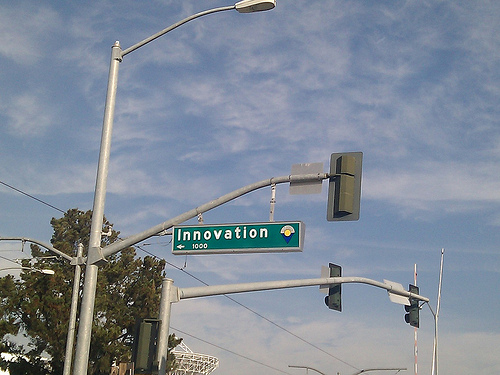Can students learn with technology?
My team at the Reboot Foundation recently asked a simple question: Is the use of technology in schools associated with increased student outcomes?
Based on a study of national and international databases, we uncovered a surprising answer, and our work suggests that there’s actually a pretty weak link between technology and student achievement.
Source: Does Educational Technology Help Students Learn?
This question has been asked for the last 20 years, and it’s becoming tiresome.
No, students will not magically learn better when they are thrown technology in their laps. It didn’t happen with the advent of slates and chalk, nor with film strips, or later with the creation of television.
Is technology a requirement to learn? Of course not, but it helps. Pencil and paper brought about a great change in education at the dawn of the 20th century. Before that time, students could create and write, but the re-usable nature of their slate and chalk meant their work had no permanence. Sharing outside of the one-room school house was non-existent.
Now students have the ability to create artifacts of their learning that will live on forever. Their work can be shared with others, and others may build on the previous student’s work. As Newton famously said, “If I have seen a little further it is by standing on the shoulders of Giants.” Technology gives the students this ability.
Back to the article, the entire argument that technology doesn’t help learning is based on how their measure learning, and that is through the results on the Program for International Student Assessment (PISA) and the National Assessment of Educational Progress (NAEP). Standardized tests do not give us a valid picture of what the student has learned.
Just as you wouldn’t go to a doctor using outdated medical techniques, students can’t be competitive if their learning environment hasn’t kept up with the times. We are constantly finding out new information about how students learn and applying that knowledge to the 21st century classroom.






